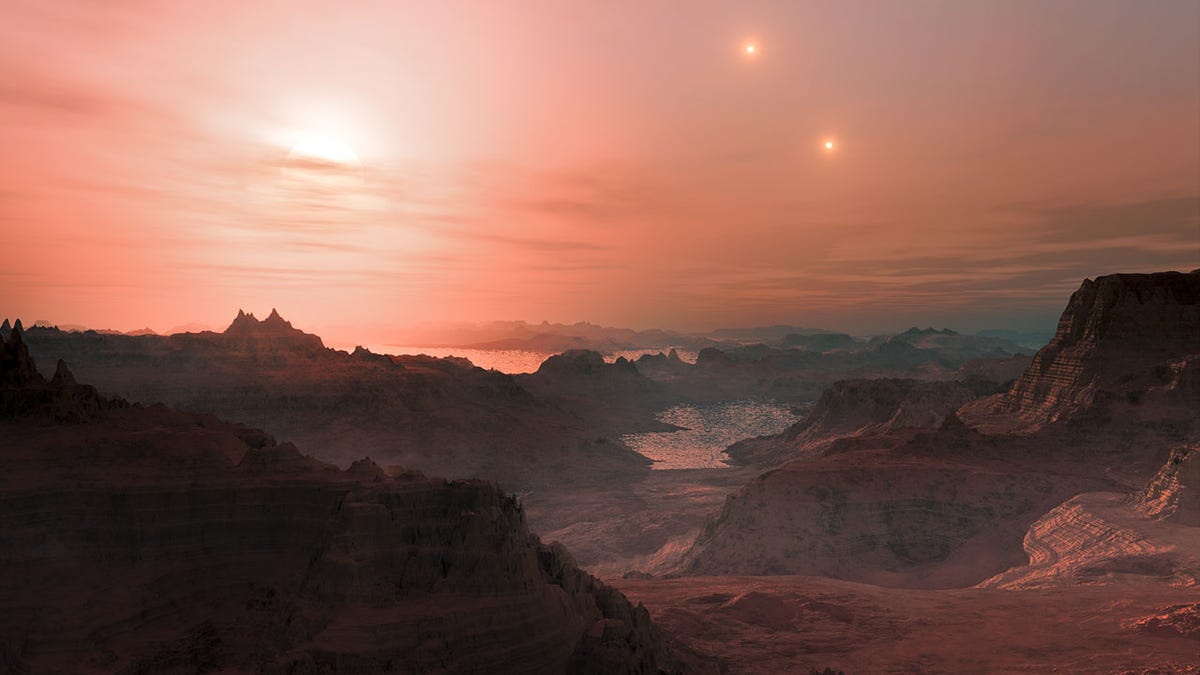Milky Way packs billions of Earth-size planets
Astronomers at the ESO in Europe conclude that there are tens of billions of rocky planets in potentially habitable zones in our galaxy.

Astronomers are increasingly sure that Earth-like planets aren't so unique after all.
A multiyear study done by the European Southern Observatory (ESO) concludes there are tens of billions of rocky planets in potentially habitable zones in the Milky Way.
The analysis also found there are about 100 "super Earths," or planets with masses between one and 10 times that of Earth, orbiting stars that are relatively nearby. The astronomers define "neighboring" as about 30 light-years away.
ESO researchers used a technique for detecting the presence of planets around red dwarf stars, the most common type of star in our galaxy.
Using its HARPS spectrograph and 3.6-meter telescope in Chile, astronomers can measure the slight changes in light coming from planets as the orbit their suns. The Doppler effect causes a shift toward longer wavelengths as planets move away from observers and a shift toward blue as the approach.
Using this technique, ESO in January concluded that planets are plentiful in the Milky Way. Today's announcement creates a more detailed picture based on an analysis of a sample of 102 red dwarf stars.
"Our new observations with HARPS mean that about 40 percent of all red dwarf stars have a super-Earth orbiting in the habitable zone where liquid water can exist on the surface of the planet," team leader Xavier Bonfils from the Observatoire des Sciences de l'Univers in Grenoble, France, said in a statement. "Because red dwarfs are so common--there are about 160 billion of them in the Milky Way--this leads us to the astonishing result that there are tens of billions of these planets in our galaxy alone."
More massive planets, with masses 100 times to 1000 times that of Earth -- similar to Saturn and Jupiter -- were found to be rare around red dwarfs.
ESO astronomers are now focusing in on specific star systems with the hopes of getting more detailed views, including the atmosphere of Earth-like planets.
Updated at 7:13 with correction regarding distance of nearby planets.

